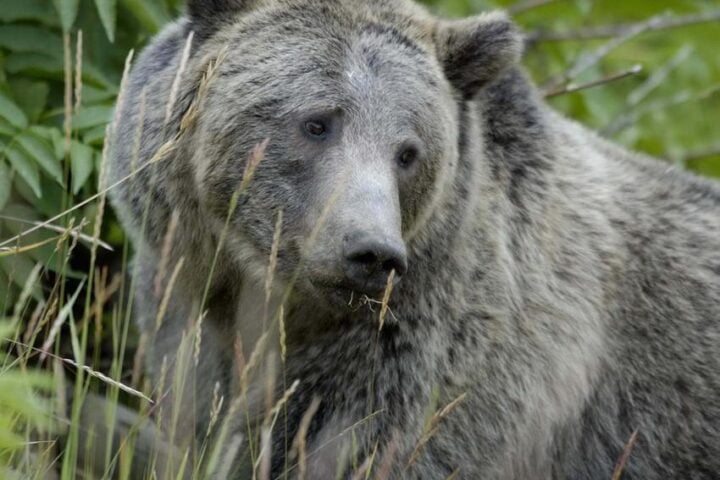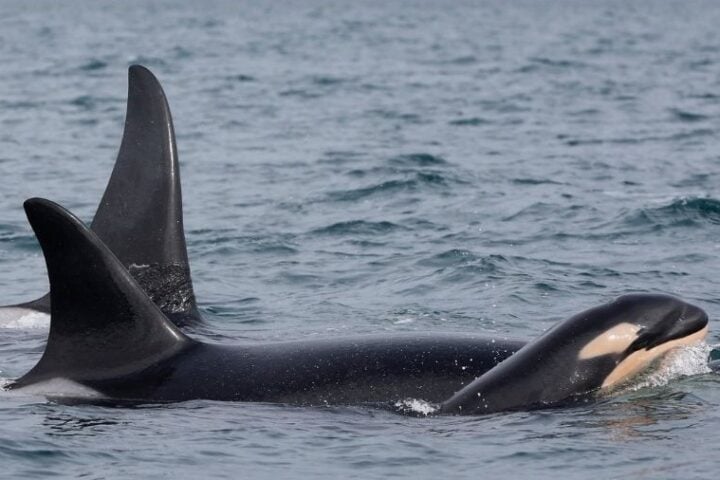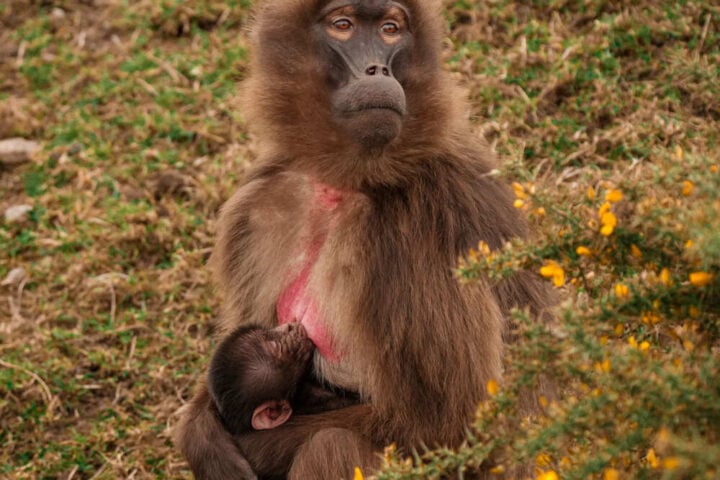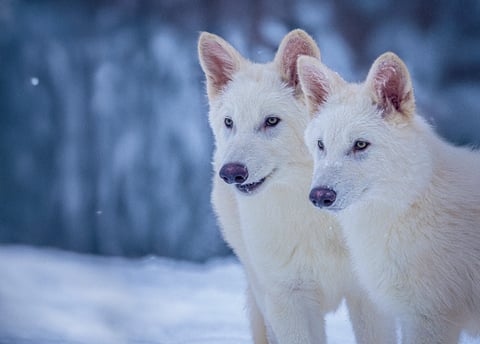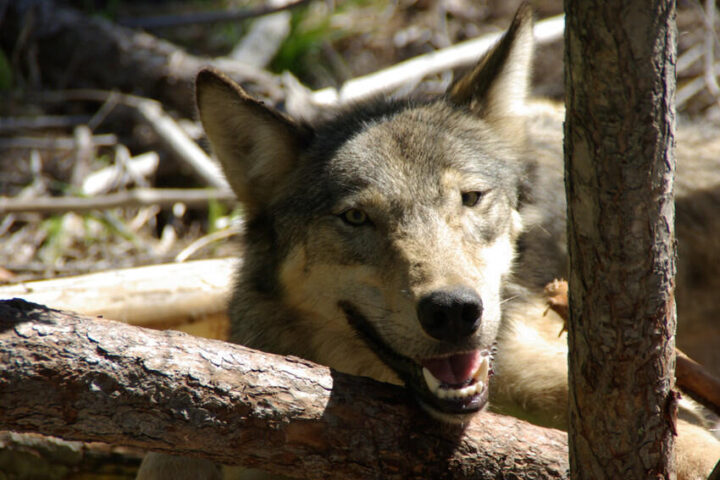Oregon’s wolf population has grown to 204 wolves, marking a 15% increase from the previous year and the first time the count has exceeded 200 since wolves returned to the state in 2008.
After years of stagnant numbers, the wolf population jumped from 178 wolves in both 2022 and 2023 to 204 by the end of 2024, according to the Oregon Department of Fish and Wildlife’s (ODFW) annual report released April 11.
“I’m relieved to finally see a noteworthy increase in Oregon’s overall wolf population but we’re not in the clear by any means,” said Amaroq Weiss, senior wolf advocate at the Center for Biological Diversity.
The report also shows the number of wolf packs increased to 25, up from 22 in 2023, with 17 of those packs qualifying as breeding pairs. A breeding pair consists of an adult male and female that produced at least two surviving pups by year’s end.
Westward Expansion Shows Promise
Wolves continue to move westward across Oregon, with 24% of the population now found in the Western Management Zone. The zone documented seven breeding pairs in 2024, up from just three in 2023.
This westward movement is significant for the state’s wolf recovery plan. If seven breeding pairs remain in this zone for two consecutive years (2025 and 2026), the Western Management Zone could move directly into Phase III of the Oregon Wolf Plan, changing how wolves are managed in that region.
This expansion nearly reached an important milestone earlier. “But for a poaching incident in 2023 that reduced the number of breeding pairs that year, the West Zone would have moved to Phase 2 this year,” noted ODFW in their report.
Human-Caused Deaths Remain High
Despite population growth, human-caused mortality continues to threaten wolf recovery. Of the 26 documented wolf deaths in 2024, 22 were human-caused.
Seven wolves were killed illegally through poisoning or shooting, with one poached in an area where wolves remain federally protected under the Endangered Species Act. Four of these wolves died from poison, which causes “gruesome, painful deaths,” according to the Center for Biological Diversity.
Similar Posts
Another 14 wolves were legally killed in response to livestock conflicts. Eleven were removed by ODFW or USDA Wildlife Services staff under authorized kill orders, while ranchers killed three wolves caught attacking livestock.
“Far too many wolves are being killed illegally and, while state officials are concerned about wolf poaching, they continue to authorize high levels of legal wolf killing over livestock conflicts,” Weiss said.
Scientific research indicates that for every poached wolf discovered, one to two more may have been killed but remain undiscovered.
Livestock Conflicts Show Mixed Trends
Wolf attacks on livestock decreased slightly in 2024, with 69 confirmed depredation events compared to 73 in 2023. However, these attacks included a record-high number of sheep killed (62).
The Oregon Department of Agriculture provided $789,565 in compensation to livestock producers across 13 counties in 2024, a significant increase from $477,661 in 2023. Most of this funding (61%) supported non-lethal preventative measures such as bright flags, electric fencing, guard dogs, range riders, and devices that emit flashing lights and sounds.
Ranchers maintain that state compensation doesn’t fully cover the long-term impacts of wolf attacks, including trauma to both livestock and the ranchers themselves.
Conservation Status Varies Across the State
Wolves in Oregon have different protection levels depending on location. In the western two-thirds of Oregon, wolves remain federally protected under the Endangered Species Act. This protection was restored by a federal judge in 2022 after being briefly removed during the Trump administration.
In eastern Oregon, wolves were stripped of federal protections by Congress in 2011, and the state removed them from Oregon’s endangered species list in 2015. The state manages wolves as a “special status game mammal,” though Oregon does not currently allow sport hunting of wolves.

“I’m grateful that Oregon’s wolf population has regained some resiliency and I hope it stays that way because killing wolves breeds more conflict and encourages poachers,” Weiss said. “This year’s encouraging growth indicates things are going in a better direction, but success requires ending the epidemic of killing.”
The ODFW will present the complete Wolf Annual Report to the Fish and Wildlife Commission at their April 18 meeting in Winchester Bay, where they will provide more details on efforts to address poaching, manage livestock conflicts, and improve population monitoring.
Frequently Asked Questions
Oregon’s wolf population has reached 204 wolves as of the end of 2024, which is a 15% increase from the previous count of 178 wolves in both 2022 and 2023. This marks the first time the population has exceeded 200 since wolves naturally returned to Oregon in 2008.
The westward expansion is important because it shows wolves are establishing new territories and breeding successfully across more of the state. With 24% of wolves now in the Western Management Zone and seven breeding pairs there (up from three), this expansion could trigger a change in wolf management if these numbers remain stable for two more years, potentially moving the western region into Phase III of Oregon’s Wolf Plan.
Human-caused mortality remains the biggest threat to Oregon’s wolves. Of the 26 documented wolf deaths in 2024, 22 were human-caused, including seven illegal killings (four by poisoning) and 14 legal removals due to livestock conflicts. Poaching is especially concerning, as research suggests for every discovered poached wolf, one to two more may have been killed but remain undiscovered.
Oregon documented 69 confirmed wolf attacks on livestock in 2024 (slightly down from 73 in 2023). The state provided $789,565 in compensation to ranchers across 13 counties, with 61% of funds supporting non-lethal prevention measures like guard dogs, range riders, fencing, and noise/light devices. In cases of chronic depredation, wildlife officials may authorize lethal removal of wolves after non-lethal methods have been tried.
Yes. Wolves in western Oregon (roughly two-thirds of the state) remain federally protected under the Endangered Species Act, which was reinstated by a court ruling in 2022. Wolves in eastern Oregon lost federal protection in 2011 and were removed from the state endangered species list in 2015. They’re now managed as “special status game mammals,” though Oregon doesn’t currently allow sport hunting of wolves.
The Oregon Department of Fish and Wildlife will present their complete Wolf Annual Report to the Fish and Wildlife Commission at their April 18 meeting in Winchester Bay. They’ll detail efforts to address poaching, manage livestock conflicts, and improve population monitoring. If western Oregon maintains seven breeding pairs through 2025 and 2026, management rules could change as the region enters a new phase of the Wolf Conservation Plan.
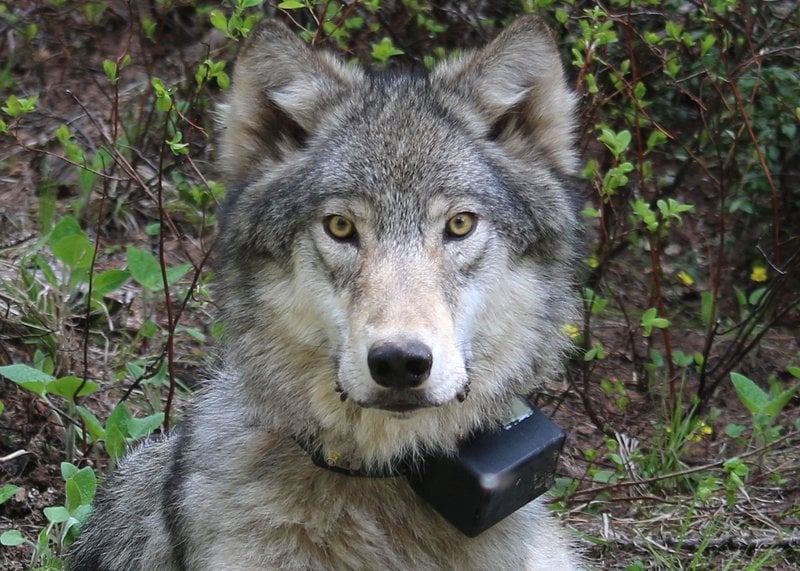
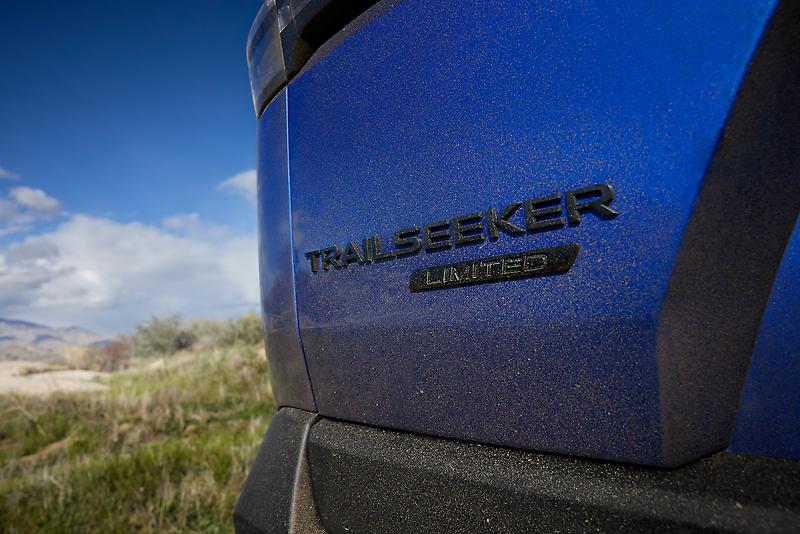



![Representative Image: European Starling [49/366]. Photo Source: Tim Sackton (CC BY-SA 2.0)](https://www.karmactive.com/wp-content/uploads/2025/04/Starlings-Drop-82-in-UK-Gardens-as-Birdwatch-2025-Reveals-Record-Low-Count-Since-1979-720x480.jpg)
